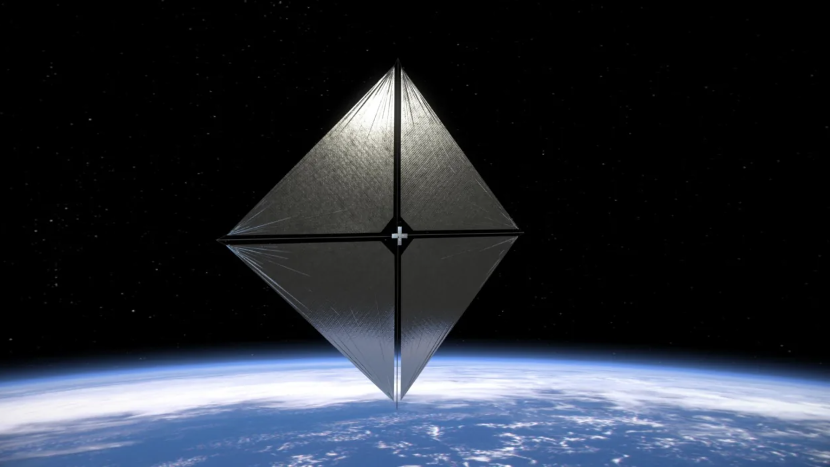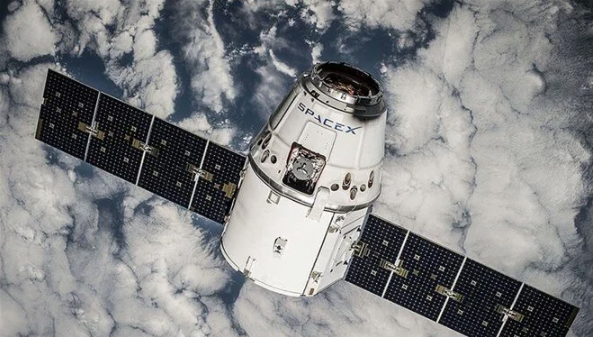Sailing in space may sound like something out of a science fiction movie, but the idea is no longer confined to books or the silver screen. Looking for new ways to navigate our solar system, NASA is preparing to harness the power of the Sun, not the wind, and set sail into space.
The Advanced Composite Solar Sail System (ACS3) is scheduled to launch from New Zealand on Rocket Lab’s Electron rocket on Tuesday, April 23. The experimental solar sail will test a new method of propulsion in the cosmos. This could eliminate heavy propulsion systems and enable longer and more cost-effective missions.

The rocket will deploy the cube-shaped craft, the size of a microwave oven, about 966 kilometers above the Earth – more than twice the height of the International Space Station. This is because it needs to be in a high enough orbit to overcome atmospheric drag and gain altitude.
The solar sail will fully unfurl after about 25 minutes, its wings will extend 9 meters in all directions and will be roughly the size of six parking spaces. When the units supporting the ultra-thin, reflective polymer sail are fully deployed, the sail will form a complete square. Cameras mounted on the spacecraft will monitor its shape and symmetry as it unfurls.
The mission will last about two months, testing a series of maneuvers including orbit raising and lowering, NASA said on its website. Alan Rhodes, chief systems engineer at NASA’s Ames Research Center in Silicon Valley, said, “The sun will continue to shine for billions of years, so we have an unlimited supply of propellant. Instead of launching huge fuel tanks for future missions, we can use the ‘fuel’ already available and launch much bigger sails. We will demonstrate a system that uses this rich resource to take the next giant step in exploration and science.”
Sunlight is made up of particles called photons. As these particles bounce off the reflective sail, the spacecraft will gain momentum. In the animation above you can see in more detail how the vehicle will work.
Theoretically, solar sails could work almost indefinitely. But of course their lifespan is limited by the durability of the materials and electronics used. According to NASA, the ‘composite boom’ technology used for this demonstration mission could even be used in solar sails the size of a basketball court. In fact, this durable, lightweight and compact material seems to have a future beyond solar sailing. Its advantages make it the perfect material for building habitats on the Moon and Mars.
“This technology captures the imagination, rebuilds the idea of a sail and applies it to space travel,” says Rudy Aquilina, project manager for the solar sail mission. Now the next step is to showcase the ingenuity of this composite technology to inspire future missions. The results from the mission will guide the design of the next generation of solar sails.
ACS3 will be visible from Earth, weather permitting. It is reported that when the sail is fully unfurled and at the right angle, it will be as bright as Sirius in the night sky due to its reflective material.
Note from the editor: The launch time of the solar sail has not yet been announced. We will update this news when NASA shares information.





